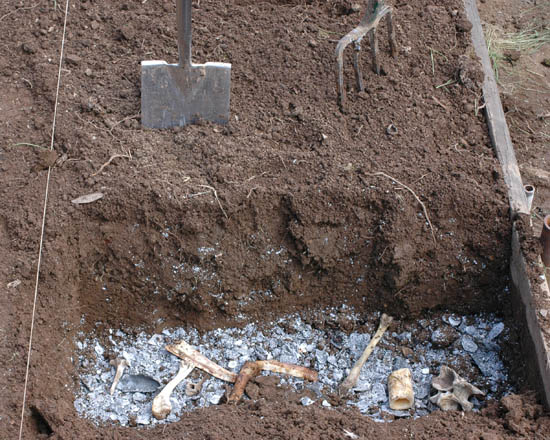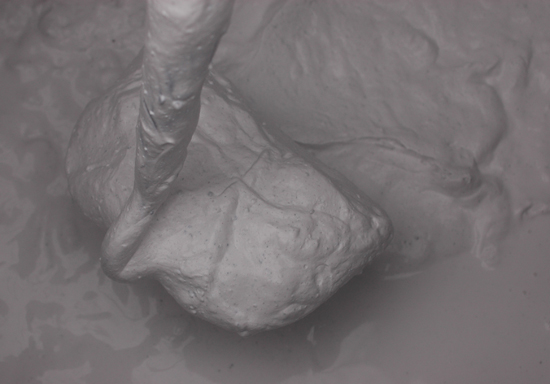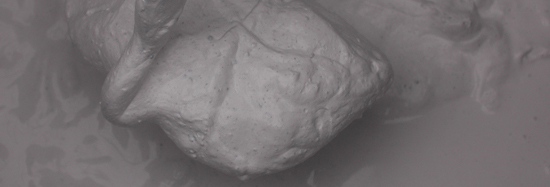Here is my 100th video on youtube, an update on the last lime kiln I built. It looks as though the main thing to address in this design is erosion of the edge. I am thinking that a rim of cob-like material (probably just clay and sand) might do the trick. That begs the question of why not just build the entire thing out of cob or similar material in the first place? Well, that is certainly a possibility. I don't think it would have the same insulative value, but that may not matter in the end. It is impossible to know without testing the idea. There are some advantages to the pet kiln under various circumstances though. It is fast to build and can be built up all at once. A similar cob structure would need either support or drying time between layers. Less clay is required, which could be important sometimes. My intuition is that the insulation value of thousands of tiny holes and grass stems is significant, but again, I can't know without testing that proposition. Of course a similar list could probably be generated for the benefits of cob. not need to make it one or the other. The more tools we have in our box, the more we can adapt to varying needs and circumstances.
I may pursue some ideas I have with the pet kiln concept, but I have quite a few other lime burning projects I'd like to try as well, including scaling up to a bigger more sophisiticated set up. I may even test the feasibility of burning lime for sale, but honestly, my interest is more in testing the proposition to assess the feasibility of lime burning as a cottage industry for other people to pursue, or the feasibility of producing moderately large quantities on site for projects, rather than for the actual money I'd make. Curiosity is a curse and a blessing.
Also posted below, a recent video of my just walking around the homestead talking about stuff. I could do that for days.













